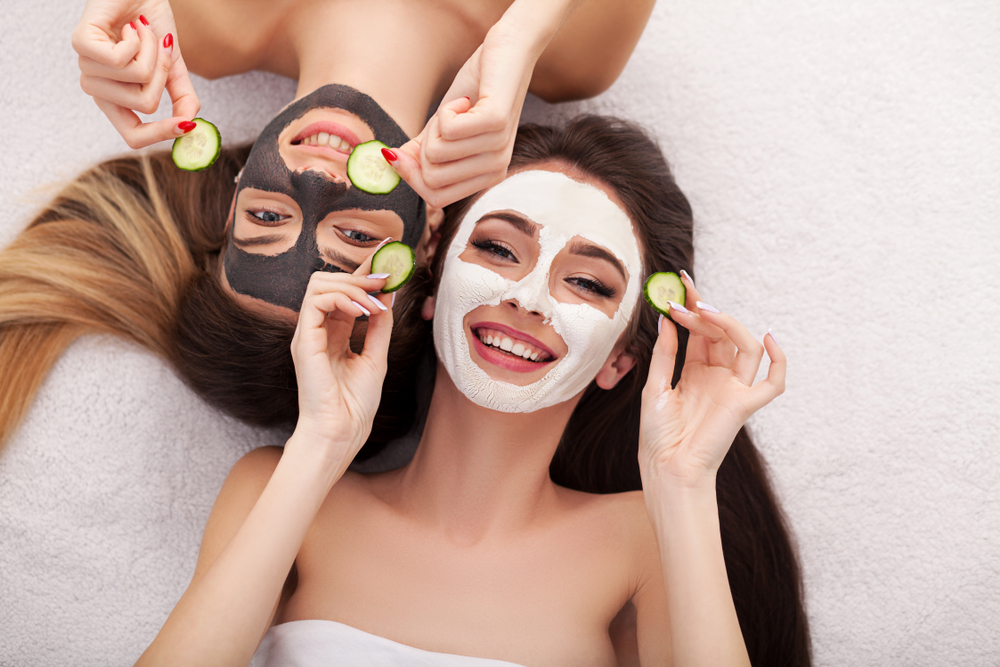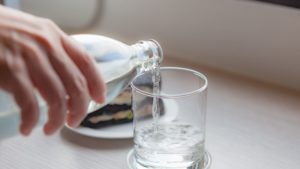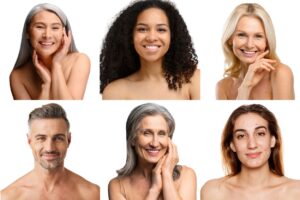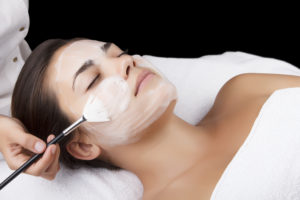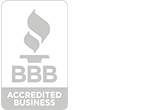Whether you’re looking for way to recharge your skin, treat acne and blemishes, reduce impurities, or just want a hour of “me time,” a facial may be just what you need. In fact, it can be a great bonding session among friends or family, a great way to give your skin some love and be pampered – it’s nice to be pampered sometimes.
Although you may be brand new to facials, most of you reading this are aware of what a facial is. That can be both good and bad (depending on what you’ve heard). Let’s go ahead and address the elephant in the room – facial extractions. Some people are very apprehensive about getting facials because of the extraction. Some claim that the pain is enough to make them wince, while others say the pain is so bad it makes them cry. Do facials hurt? Should you be scared to get a facial? No worry, we’re here to answer all your facial questions.
Here’s what you should expect during your first facial.
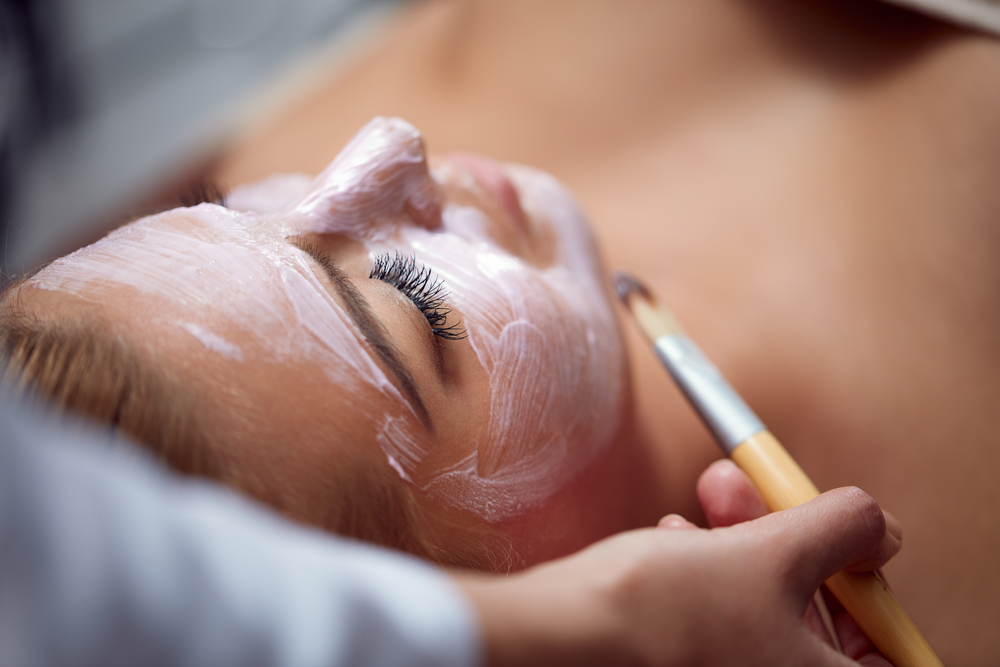
Understanding a facial
If you’re planning to book a facial, we do recommend enlisting the services of an esthetician. We define an esthetician as “a skin care therapist or technician, or facial specialist who helps with cleaning, beautifying and maintaining the skin and face.”
There’s a big benefit working with an esthetician, they’re professional skin therapist and have the proper training to work on your face and skin. That should ease your mind a little because if you’re planning to book your first facial, you’re likely nervous about the experience. That’s completely normal. You don’t want just anyone working on your skin, this is especially true when it comes to your face. Most can agree to that.
For those of you that may be new to the term “facial,” a facial is a set of skin care treatments for your face with the goal of exfoliating your skin, removing impurities, and dead skin. It is usually performed in beauty salons, day spas, and even your dermatologist’s office. However, thanks to Soothe, you can now get a professional facial from the comfort of your home! Makes for a great gift – check out Soothe’s gift card for that.
A facial treatment can differ from one provider to the next. It can be as extensive as one where you are given a full body massage in the package, or others where you are only given the basics. Essentially, a facial treatment usually includes steaming, exfoliation, and extraction. It’s not uncommon for some providers to offer facial masks, peels, and facial massages. It really depends on the specific service or package you purchase. Since provider services differ, you’ll want to make sure you discuss their service offering in detail so you fully understand everything that’s being offered.
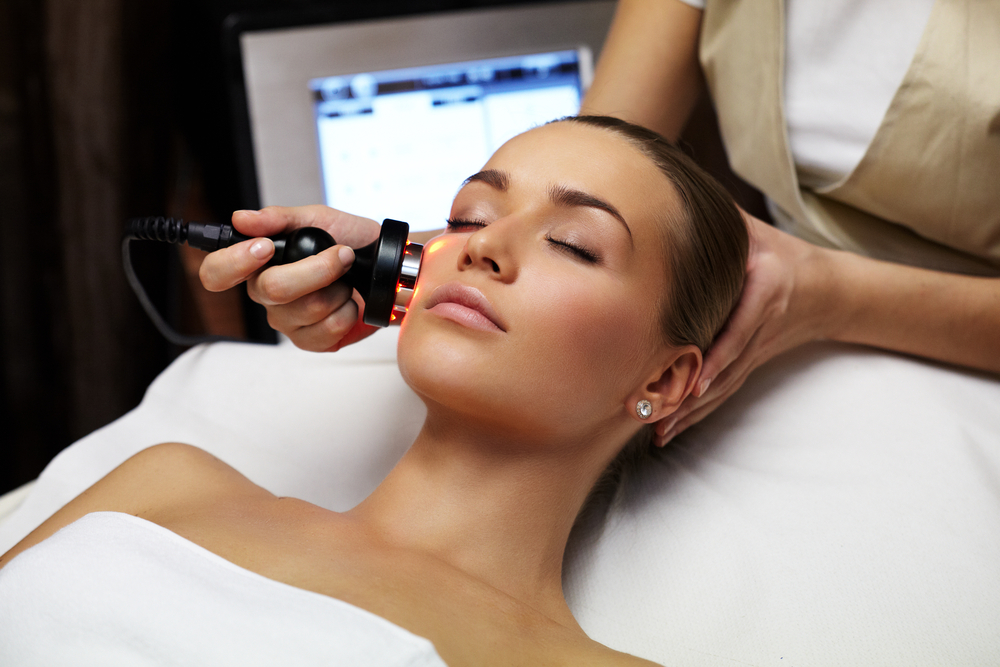
How are facials performed?
To start with, facials can be performed in a few different ways. Please note, while the outline below is meant to give you an idea of how a facial is performed, the process may differ depending on the provider’s facial services and processes. We just wanted to give you a general idea of what to expect during your facial treatment.
- Pre-Preperations: Depending on where you are going to have a facial, one of the most common first steps is pre-preparations. Some spas and providers will suggest getting changed into something comfortable (this could be a robe or just loose clothing), especially for those of you that will be requesting a full body massage afterwards. Note though, you’ll never be required to take off clothing, only to your comfort level. Some will give you a foot bath with a shoulder massage, while others will simply ask you go to the treatment area. A special favorite is when the esthetician asks you to lay down on the bed and gives you a brisk shoulder and facial massage, followed by the smelling of relaxing oils such as lavender. The preparation will usually depend on the package you have purchased.
- Facial Cleansing: Most providers are going to ask you to wash your face with a special soap. For example, some spas will have specific soaps for different skin types, such as oily or a dry skin. On the other hand, some will ask you to lay on a comfortable bed and the esthetician will wash your face for you. This facial cleansing is commonly a soothing experience. Your esthetician will use mild products to gently cleanse your skin using tender, moderate strokes. It also serves as a massage, helping you fall into a deeper state of relaxation.
Now that prep is over and your skin is clean, we can move to the next steps.
- Exfoliating: Once all of your makeup is gone and your skin is fully cleansed, you’ll then get to experience exfoliation. Providers will use a few different exfoliates, some may be gentle while others need a good facial scrub. No matter what type you get, the goal of the exfoliating process is to get rid of dead skin cells and skin impurities that aren’t embedded in the skin. The esthetician will wash this off and you will be ready for the next step.
- Steaming: Some spas and providers will not offer steaming, some of them will offer it. Steaming helps open your pores so that your skin is better prepared for the extraction process. This may also help your extraction be more comfortable and less painful. The esthetician will usually switch on the steamer and point it in the general direction of your face. You will be asked if you can breathe properly or if you are uncomfortable in any way. You should speak up if you are uncomfortable, because you have to be under the steam for 10 to 15 minutes.
- Extraction: The extraction is often most challenging part of a facial. Although that is true, it shouldn’t scare you away from getting a facial. As long as you have a good esthetician, it shouldn’t be painful. Many men and women find this process to be comfortable, some people even fall asleep during extraction. The esthetician will remove skin impurities that are within the outer layer of your skin – which includes mild acne, blackheads, and whiteheads. If anything is too deep, then the esthetician should recommend a dermatologist to have it extracted. They don’t typically touch acne that is about to be burst, or pop acne that aren’t ready to be popped.
- Finishing up: The last step of the facial process is closing up your pores. The extract process can differ depending on if you’re booking with a provider or going to a spa, so please keep that in mind. During this time, your esthetician may use a number of different things, such as cold wraps, gauze mask, chemical peels, or facial masks.
Chemical Peels And Facial Masks
Over the last few years, we’ve seen a lot of people now have acne and clogged pores, these are men and women that have never had major facial skin problems. Why? These are from the common effects of wearing facial masks for long periods at a time likely during the coronavirus pandemic.
During stressful situations the body’s increases production of the stress hormone “cortisol” – which stimulates increased production of oil. This can clog pores and worsen existing acne – as well as cause new breakouts in people who normally do not suffer from acne.
You have to understand the main purpose people wore masks during the pandemic – the goal was to keep viruses out. By doing so, this kept moisture in the face, which keeps the pore-blocking oil within your skin. Due to this, many people are now experiencing pimples and acne eruptions brought on by wearing masks. When worn for long periods of time, the masks can cause abrasions and redness of the skin. The good news, facial treatments can reverse these conditions.
During your facial, you may be able to choose from a few different chemical peels and facial masks. All peels and masks have a purpose, that purpose will depend on the specific condition you have or what you’re trying to achieve with your facial. For example, you’ll find that some facial masks are for acne, others are for oily skin or skin tightening. Your esthetician should be able to recommend which chemical peels and facial mask are best for your unique skin type.
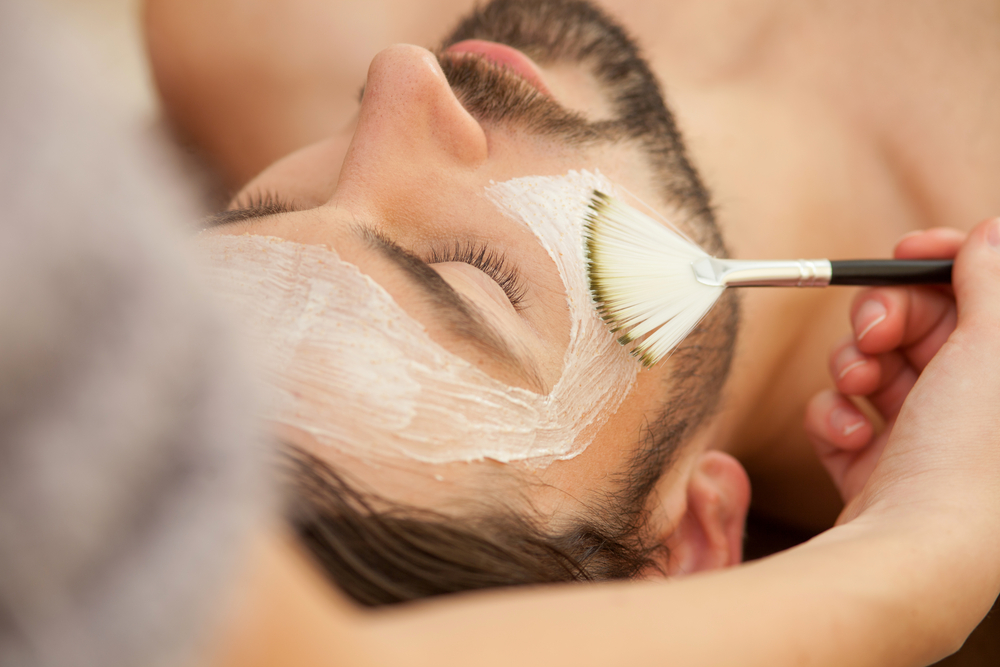
Different types of facials
Now that you know the core processes of a facial, you should be aware that there’s a wide range of different types of facials that you can choose from. Due to this, it’s important to know what types of facials are available and how each one can benefit you.
- Acne Facial – An acne facial is as described, it’s used to help you treat acne. Often referred to as a “decongesting facial” or “deep cleaning” facial, this treatment will generally include extractions and may use high frequency devices to kill bacteria that causes acne. Like with most facials, acne facial treatments will also help you clean out clogged pores and work on other blemishes.
- Anti-Aging Facial – An anti-aging facial treatment is a great idea for those of you that already have a regular skin care regiment. This facial treatment works to cleanse, exfoliate, hydrate, and brighten skin to give your face a youthful appearance.
- Hydrating Facial – Hydrating facial treatments focus on using both exfoliation and hydration, it uses devices similar to those used for microdermabrasion to clean out your pores. It also injects nutrient-rich serum boosters to help rejuvenate the skin. This facial is great for those of you that may be suffering from dry facial skin.
- Brightening Facial – A brightening facial treatment is great for anyone that has hyperpigmentation, skin discoloration, or skin that is dull or not glowing. This facial treatment uses face peels, masks, and acid treatments to give skin a luminous and healthy-looking finish.
- LED Facial – While the technology is still relatively new, low-level light therapy is a growing trend. Many clients have praised LED facials, claiming that they fight bacteria, heals scarring, and promotes collagen production. The LED lights come in a few different colors, they represent different wavelengths that enter the skin at different depths, this helps them treat different skin concerns.
- Microdermabrasion Facial – As described by the American Academy of Dermatology (AAD), microdermabrasion is a non-invasive treatment that consists of using a handheld device to gently remove the top layer of skin. The microdermabrasion facial treatment facial will usually take 30-45 minutes to complete. Once you’re done, a moisturizer is then added to your face.
- Lymphatic Facial – You can read all about lymphatic massages here (including how to perform your own at home), but generally, this centuries-old technique helps aid the body’s natural detox process. “This unique massage technique stimulates lymph flow and enhances the clearance of accumulated waste in the body,” says Ivonne Boujaoude, DNM, health coach at Modern Holistic Health.
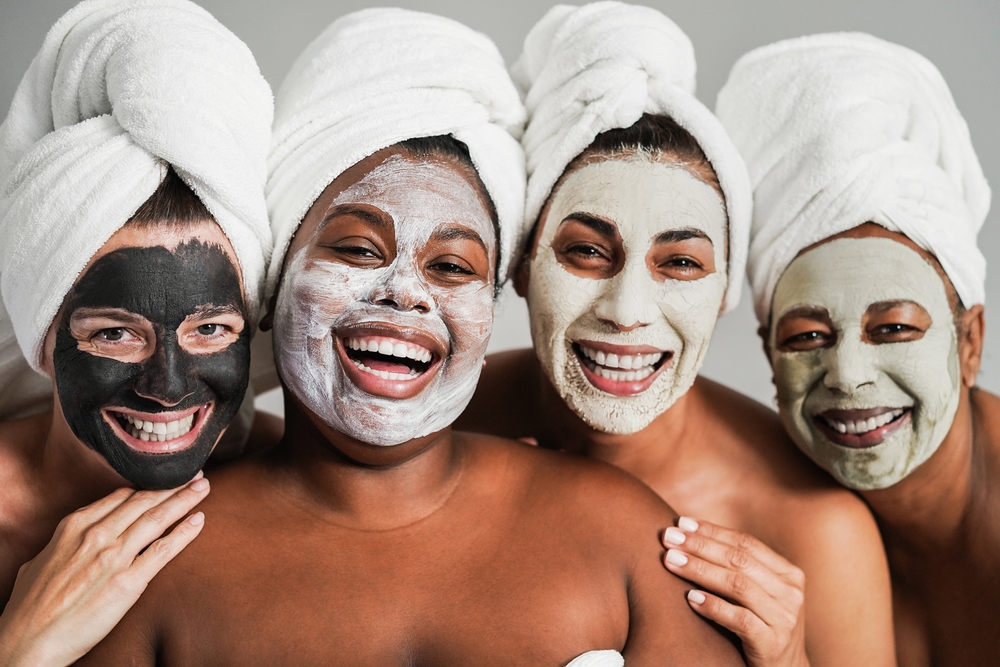
How are facials beneficial?
A good way to think about this question is thinking about your own health. As we get older, it becomes increasingly important to have annual checkups with a physician to address any concerns. However, a doctor may recommend seeing a dietitian if you’re trying to meet specific nutrition goals. You may also get referred to a physical therapists due to an old sports injury, or a massage therapist for a sports massage. It’s no different when it comes to skin care, you may see a dermatologist for regular checkup and they may refer you to an esthetician to help with your skin.
That’s what estheticians do, they help you manage your skin in an impactful way. Appointments are going to vary, but for a first visit, you may want to expect at least an hour or so, this will give them plenty of time to spend evaluating your skin and address any concerns or goals you want to focus on.
Facial treatments are great for cleaning out your pores, keeping your skin moisturized, and balancing out your skin. While there’s a lot of skincare products you can use, your esthetician will likely discuss how to care for your skin at home. If you’re having trouble with acne, the esthetician may talk about what foods and drinks you should avoid. Estheticians works with a number of different skin types on a regular basis, so many of them have a lot of experience to help you along your own skin care journey. We always recommend getting professional skin care advice early, this is what will help you create good skincare habits at an early age.
Remember, just like with anything else you do in life, it’s up to you to put in the work. If you want youthful looking skin, you’ll have to make the efforts to achieve it. It’ll take regular care and treatments. If you’re not using the right products for your skin consistently, the results of a facial won’t last as long.
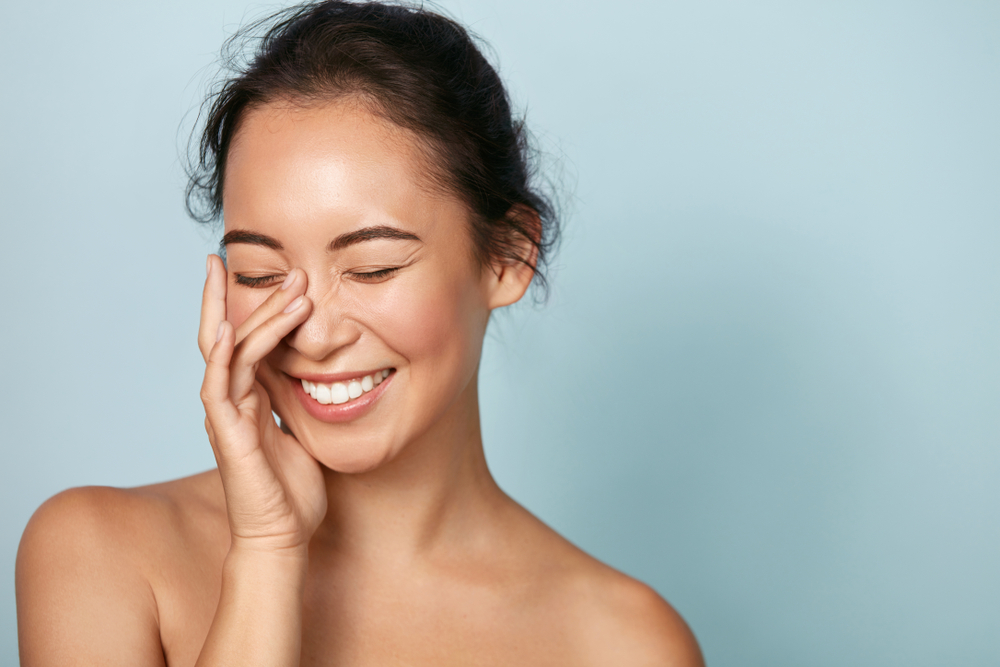
How often should you get a facial?
How many facial treatments does a person need? That’s a great question. The type of facial you get depends on the specific conditions you’re treating. Some people may need 1-2 facials to reach their goal, others may need 5-6 facial treatments. It all depends on your unique scenario.
Most skincare professionals recommend opting for a facial at least once a month. The skin regenerates about every 28 days. The skin cells come back and accumulate. Due to this, it’s best to treat the skin at the end of the skin-life cycle. On that note, you don’t want to get more than one facial per month, this can do more harm than good.
Getting a regular monthly facial is great for women and men that have specific skin concerns, such as acne, scarring, dryness, etc. If you are getting monthly facial treatment, that also means you’ll be seeing an esthetician regularly which means you can discuss the progress and results in real-time. That’s a big benefit. Your esthetician will be able to analyze your skin to determine the appropriate routine for your skin. Plus, these monthly facials will be a good way to see what’s working and what is not, allowing you to make adjustments to your routine as needed.
If your budget or life won’t allow you to get a monthly facial, the next best thing is getting them when the seasons change – which would be 2-4 facial per year. At the end of the day, the right esthetician for you will work with you on an individual schedule and honor any constraints you may have: A good esthetician should be able to curate your home care routine around how often you can or want to come in for a facial and still help you achieve your skin care goals.
Best facial for different skin conditions
- Dry Skin – For those of you with dry skin, the best facial treatments are going to be the ones that cleanse and hydrate the skin. Think the hydrating facial is a good candidate here. The hydro facial treatment uses calming ingredients like aloe, hyaluronic acid, and others too hydrate, and plump your skin.
- Aging Skin – If skin aging is your main concern, you’ll want to seek rejuvenating facials that promote collagen production and something that can improve cell turnover. There’s a few options here you should consider. Think firming or microcurrent facials to lift and tone your skin, LED treatments (especially red LED light) to support elasticity, and lymphatic facials to improve circulation.
- Dull Skin – In many cases, massage therapy can be great for any of you that have dull skin, as it stimulates blood flow, which delivers oxygen and nutrients to the skin cells. This is what gives you that beautiful glow. Many estheticians are professionally trained in facial massage, the reason being is because it can help you achieve brighter, glowing skin by increasing circulation. This is beneficial if you struggle with a dull-looking complexion.
- Breakouts – If you’re suffering from acne breakouts, then an acne treatment is what you’re going to need. Acne facials target the bacteria that causes facial blemishes. LED treatments may be another option you may wish to consider for defeating acne-causing bacteria. Blue LED may be introduced in some cases. If you do have active breakouts, your esthetician might also go light on the massage work or skip it entirely: This step might be omitted for those who are dealing with severe breakouts, since it may be too much stimulation to be beneficial.
In Closing
As you now know, there’s a number of different facial treatments to choose from and facials have a lot of benefits. You also learned that different facials treat different conditions, hopefully now you have a better idea of the specific facial treatment you need.
Book your facial treatment with Soothe.

